Appendix 3: Retrosheet box scores for Tigers-Athletics games on 20 June 1937
Appendix 3 in Herm Krabbenhoft's research on Hank Greenberg.
…

Appendix 4: RBIs given in newspaper box scores for games played between the Tigers and Athletics in Philadelphia during the 1937 season
Appendix 4 in Herm Krabbenhoft's research on Hank Greenberg.
Editor's…
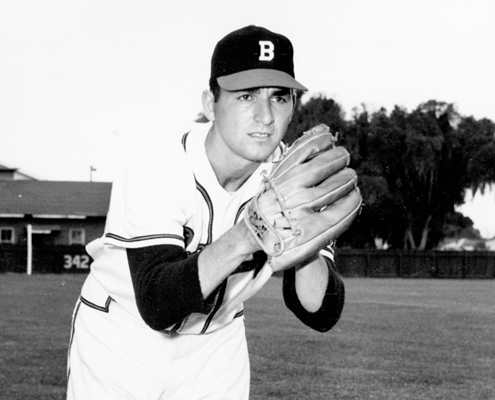
Global World Series: 1955-57
Milwaukee County Stadium was in its third season as home of…
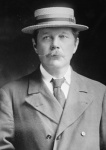
Sir Arthur Conan Doyle and Baseball
This article will trace the interest of Sir Arthur Conan Doyle…

Appendix 5: Analysis of newspaper box scores for the second game of the double header between the Tigers and Athletics on June 20, 1937
Appendix 5 in Herm Krabbenhoft's research on Hank Greenberg.
Editor's…

Appendix 6: Retrosheet Box score for Tigers-Athletics Second Game on 20 June 1937
Appendix 6 in Herm Krabbenhoft's research on Hank Greenberg.
Editor's…
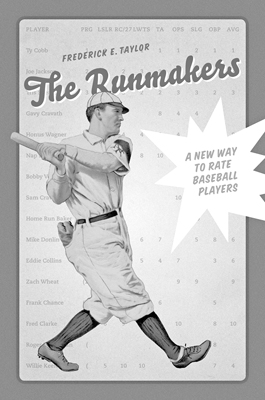
Whatever Happened to the Triple Crown?
Editor's note: This is an excerpt from the following book.
The…
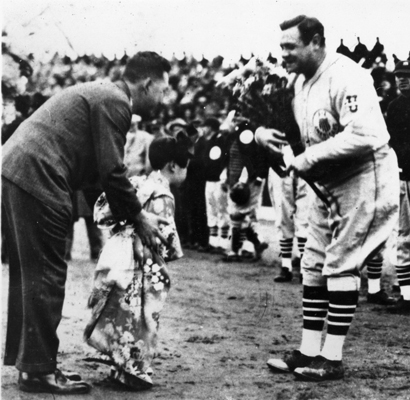
Babe Ruth and Eiji Sawamura
This article was selected for inclusion in SABR 50 at 50: The…
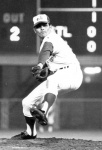
Expos Get First Franchise No-Hitter Right Out of the Gate
The San Diego Padres have been around since 1969 and are awaiting…

One Trade, Three Teams, and Reversal of Fortune
The 1946 season had been a deep disappointment for the New York…
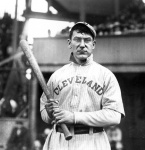
1906 Cleveland Naps: Deadball Era Underachiever
Baseball history is littered with heroic performances by great…
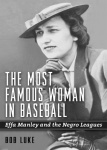
The Most Famous Woman in Baseball
The Most Famous Woman in Baseball: Effa Manley and the Negro…

Editor’s Note
A note from the editor of the Baseball Research Journal.
Happy…

Introduction: Can He Play? A Look at Baseball Scouts and Their Profession
Countless hours traveling miles and miles on lonely back roads.…

Foreword: Can He Play? A Look at Baseball Scouts and Their Profession
Jim Sandoval and Rod Nelson have spent several years in compiling…
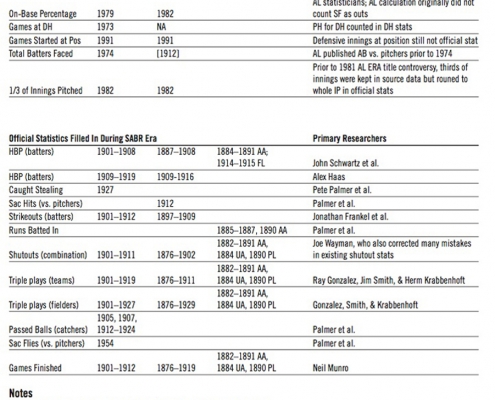
Not Chiseled in Stone: Baseball’s Enduring Records and the SABR Era
When Pete Rose hustled down to first base after rapping out base…

Fall 2011 Baseball Research Journal Cover Collage
Check out our interactive Fall 2011 BRJ cover collage. Who's…
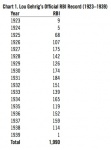
Lou Gehrig’s Mythical 1,991 RBIs
Editor's note: This is a sidebar to Herm Krabbenhoft's article,…
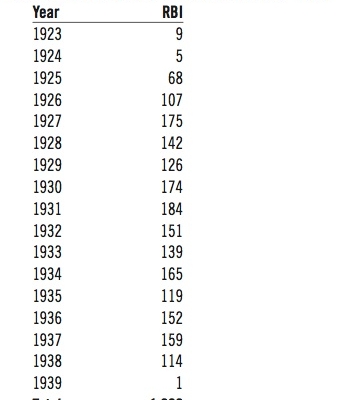
Lou Gehrig’s RBI Record: Striving To Get It Right Thanks to 40 Years of Research by SABR Members
One Thousand, Nine Hundred, Ninety. Nineteen-Ninety-One. One-Nine-Nine-Five.…

The Hall of Fame Looks at Baseball Scouts
Tom Seaver scouting report, 1965. (Click to enlarge.)
Just…
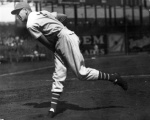
Hubbell’s Elbow: Don’t Blame the Screwball
23 PITCHES
The 1934 All-Star Game started ominously for Carl…

Origins of the Pitching Rotation
Claims pop up with frequency that this team or that invented…

SABR Shortstops: An Analysis of Shortstops Before and During the SABR Era
Baseball “common wisdom” says that in the days of yore, the…
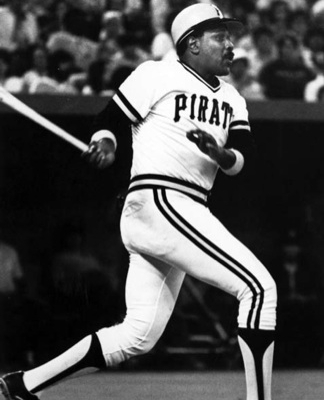
Characters With Character: Pittsburgh’s All-Black Lineup
Pittsburgh has a wealthy history in black baseball. Two of the…

